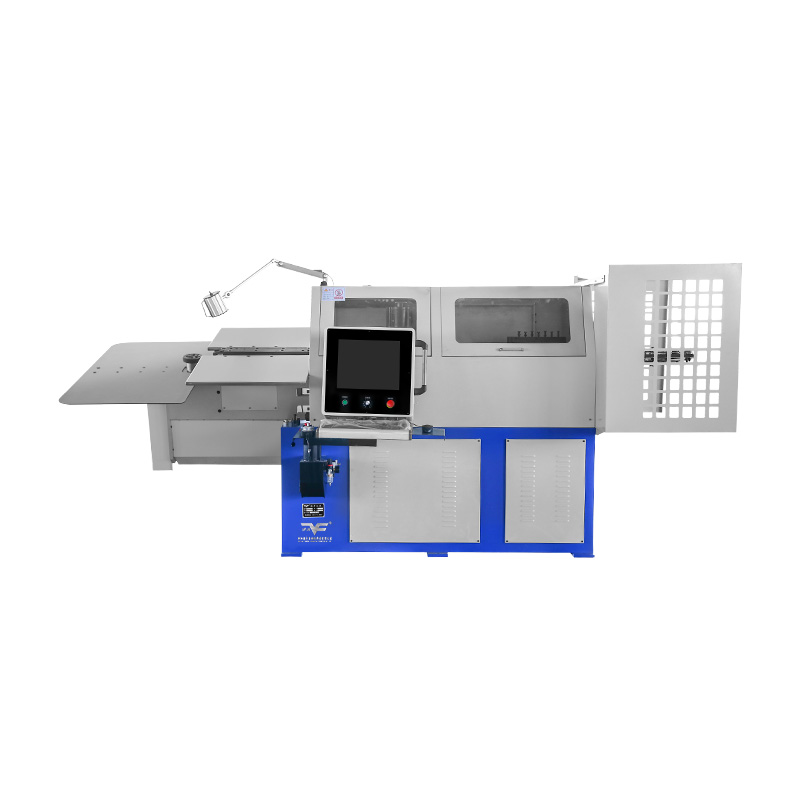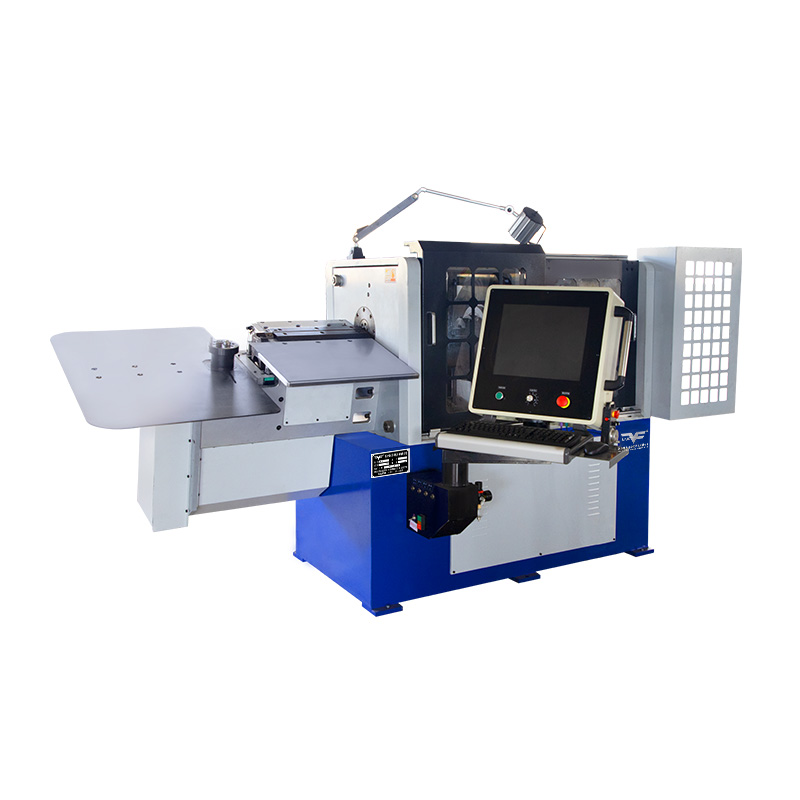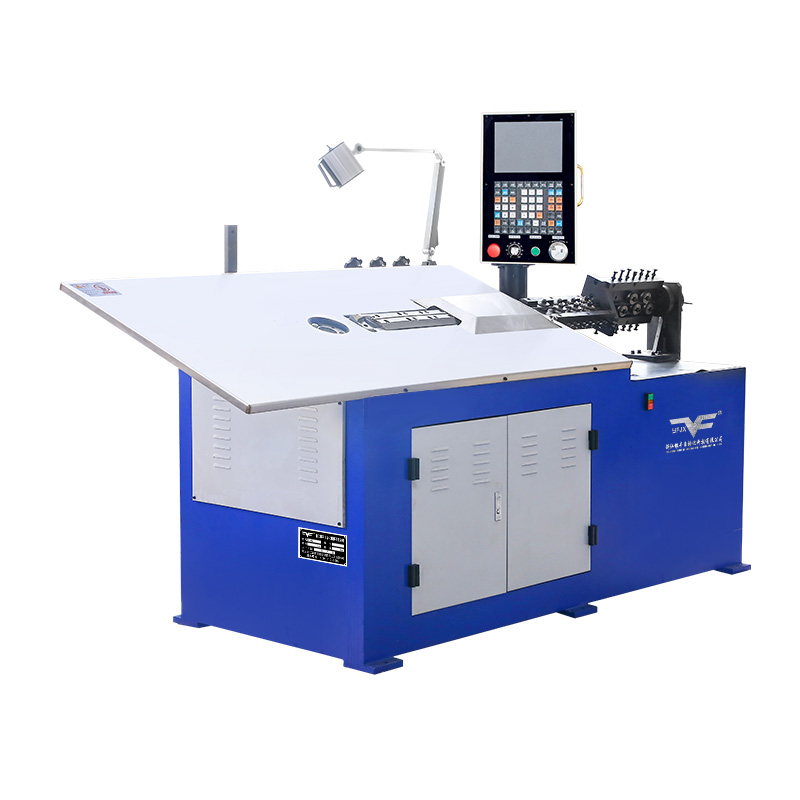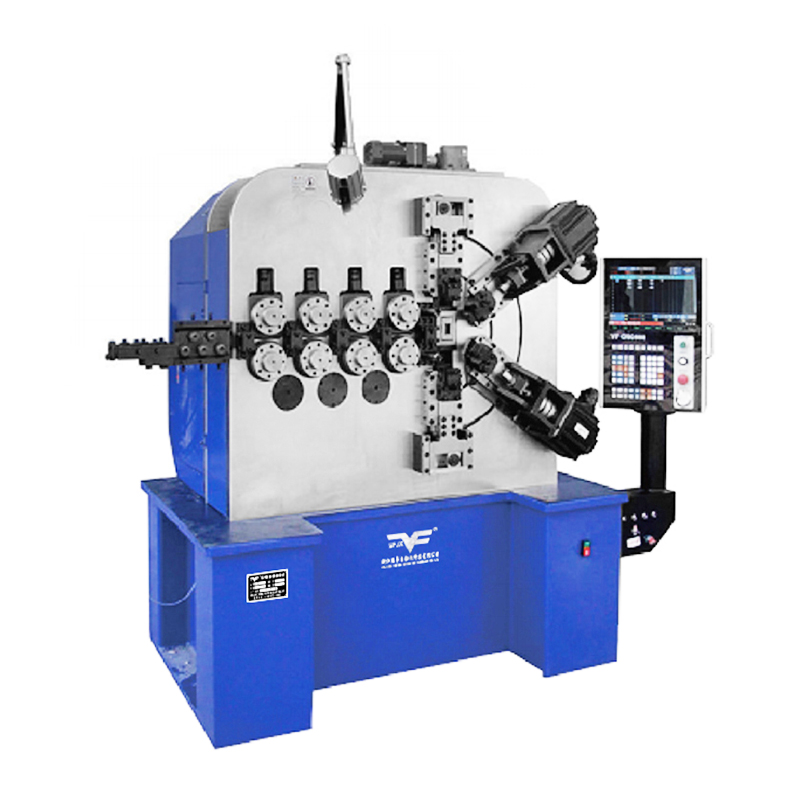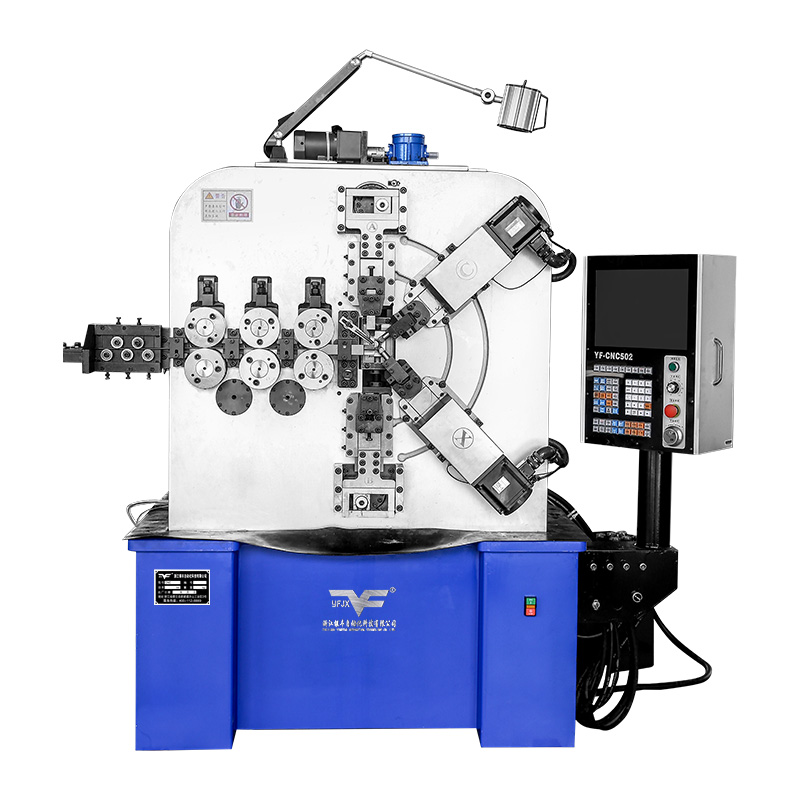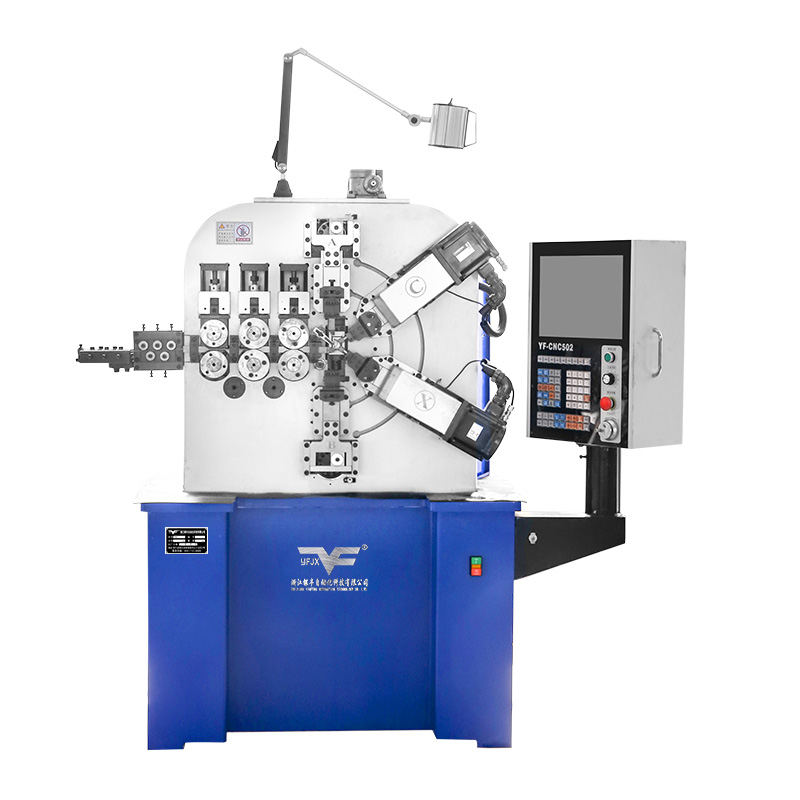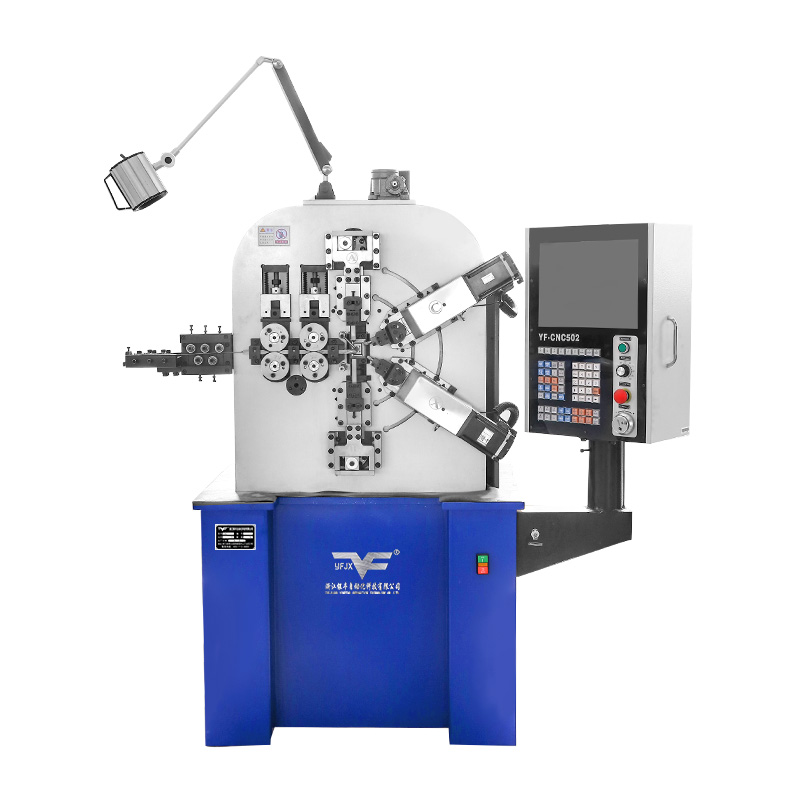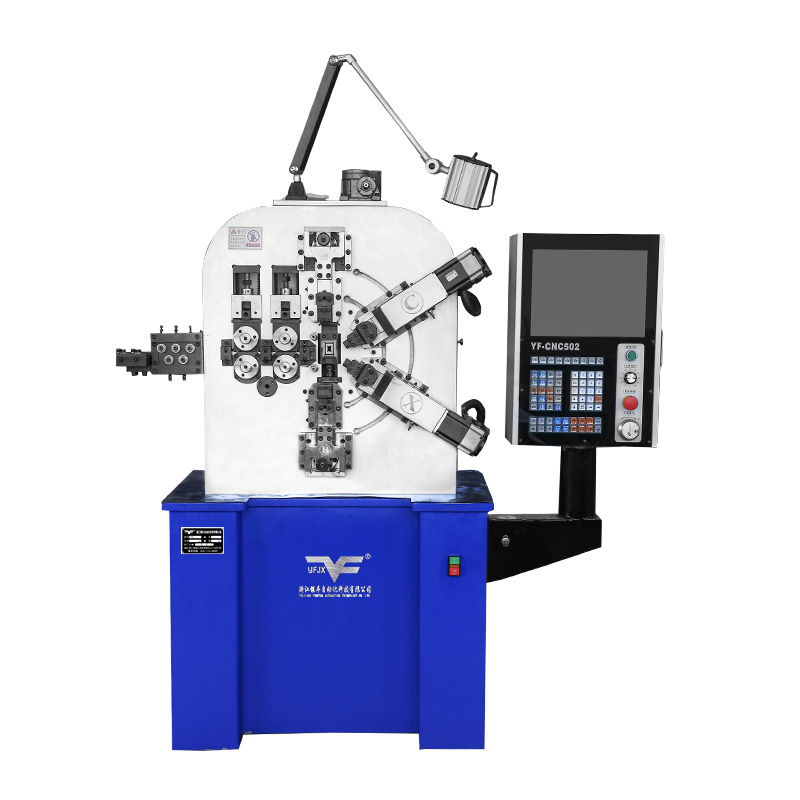Innovations In CNC Spring Coilers Enhance Production Flexibility
Industry News-As industries push for more efficient and flexible manufacturing, the way springs are made is seeing some interesting changes. One of the main areas of development is the CNC spring coiler, a machine that’s now more adaptable to different production needs than ever before.
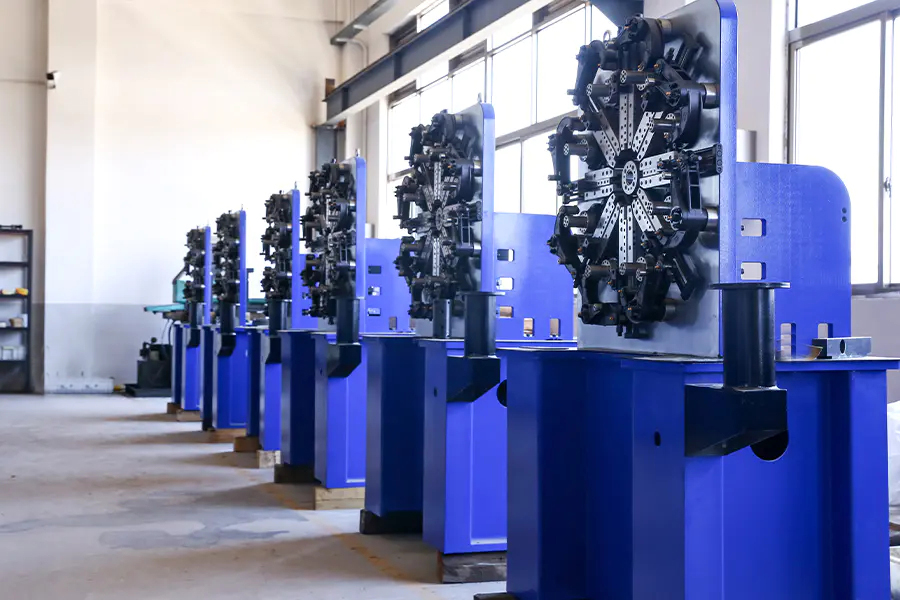
A traditional spring coiling machine often required manual adjustments when switching between spring types. Operators had to spend time resetting the machine, which slowed everything down. Now, the modern CNC spring coiler uses computerized control systems to handle these changes automatically. With just a few programming tweaks, the same equipment can be used to produce different types of springs without starting from scratch. This has a direct impact on reducing setup time and increasing output across a shift.
The flexibility these new systems offer is particularly useful in industries that demand custom springs in lower volumes. Think of medical devices, electronics, or even consumer products where each project might need something slightly different. In these cases, having a spring coiling machine that can quickly adjust to new specs can make a noticeable difference in meeting delivery timelines. Instead of dedicating a line to one spring size or shape, manufacturers now use CNC spring coilers that can switch configurations between jobs with small effort.
Another reason why this innovation matters is because of labor. Skilled machine operators are becoming harder to find in many regions. Automating more of the setup and adjustment process means you can still keep production flowing, even with a smaller team. A CNC spring coiler does much of the thinking for the operator, following digital instructions precisely. This reduces the chance of human error and keeps the final product consistent from one batch to the next.
It’s not just about the control system, either. Mechanical upgrades are playing a role as well. Newer spring coiling machines are designed with modular parts, so swapping out tools or guides is easier than it used to be. That adds to the flexibility and lets one machine handle more types of jobs. For companies that don’t want to invest in a separate machine for every spring style, this approach saves both space and cost.
In recent years, integration with software has taken things further. A connected CNC spring coiler can be monitored remotely, and its performance data can be reviewed in real time. That helps in tracking efficiency and catching issues before they pilot to bigger problems. Plus, adjustments can often be made without stopping the machine entirely. For production teams trying to stay on schedule, this kind of control is incredibly helpful.
A good example of how things have changed is the way the spring coiling machine now fits into a larger production system. It’s no longer just a standalone tool. Instead, it’s part of an automated line that includes feeding, cutting, coiling, and sometimes even testing. The smarter the CNC spring coiler, the easier it is to coordinate with those other steps and streamline the full process.
These upgrades are not just about making things faster. They’re also about making production more adaptable to real-world demands. Market needs can shift quickly, and having a spring coiling machine that’s ready to respond gives manufacturers an edge. As more companies explore flexible manufacturing, the role of the CNC spring coiler will likely continue to grow—not just in how it coils springs, but in how it supports smarter, leaner production overall.

 English
English русский
русский Español
Español 简体中文
简体中文